Fall Tillage to Fit Your Farm
After harvest, there’s more than one way to prepare the seedbed for spring
Just like proverbial cat-skinning process, there are many ways to tackle tillage in the fall. Because the moisture levels, weather, crops and soils experienced in one corner of the country can differ vastly from another, there also isn’t a singular right or wrong methodology. No-till, minimal till and conventional tillage all have a time and place; but the idea remains the same no matter how fall tillage is accomplished.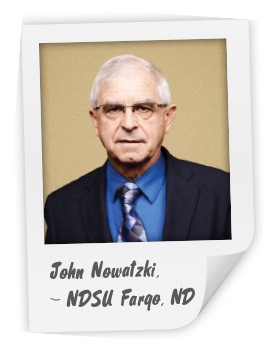 “The primary objective is to get the seedbed ready for spring,” said John Nowatzki, Agricultural Machine Systems Specialist at North Dakota State University in Fargo, N.D. “A seedbed that warms as soon as possible in the spring, and in many cases dries out, means a farmer can plant early. And most of our crop research shows that early planting is better in terms of yield.”
“The primary objective is to get the seedbed ready for spring,” said John Nowatzki, Agricultural Machine Systems Specialist at North Dakota State University in Fargo, N.D. “A seedbed that warms as soon as possible in the spring, and in many cases dries out, means a farmer can plant early. And most of our crop research shows that early planting is better in terms of yield.”
A Head Start on Spring
More farmers, particularly those in the upper Midwest, are considering some form of fall tillage for the simple fact that springs have been wetter, forcing them to push back planting. By tilling after harvest, farmers can assist residue decomposition, manage soil moisture, aerate the soil and be a step ahead when spring arrives – wet or not.
Farms also are getting larger, Nowatzki noted, while the number of laborers has stayed the same or even decreased.
“Farmers want to get over that land fast and cover as many acres as they can in a shorter period of time,” he said.
While residue will decompose eventually, sizing it in the fall can increase soil contact and speed the process. This has become more important with crops such as corn, which has increased the amount of residue left on the field. Modern combine headers also pose an issue. As they’ve grown in size, the resulting residue trail is much narrower than the width of the header. This is particularly noticeable with small grains, and the uneven residue distribution can cause problems.
“They’re not getting seed-to-soil contact,” Nowatzki said. “When they lose that, they lose the moisture needed to start the germination process.
Options Galore
The good thing is that farmers today have many fall tillage tools at their disposal. Summers has an array of options that enable farmers to get the job done for their unique soil management practices.
“You know your field and residue, we’re just here to provide choices,” said Brian Perkuhn, Summers Vice President of Sales. “We understand there is a lot to think about: What crop is coming off, what is coming on, rocks, weeds, soil, moisture. All those things make fall tillage choices very personal to your situation.”
When dealing with uneven residue distribution, using variable-rate-tillage equipment allows the farmer to adjust as needed.
“In areas where there is more residue, you can get more aggressive or go deeper, which is far more efficient,” Nowatzki said.
The Summers VRT2530 was designed specifically for such situations. Farmers can start with rather moderate aggressiveness before dialing up the pressure when reaching areas with more crop residue.
When soil erosion is an issue, the no-till farmer has several options. They can spray for burn down, or use a Summers hydraulic fold SuperRoller or rolling chopper for knocking down heavy residue, such as corn stoves and sunflowers.
For minimum till, the Superharrow Plus offers light tillage, which shines in small grains and any soil type. The Supercoulter has the same light touch, but sizes residue as well as incorporates it in more difficult residue conditions. Adding some attachments, such as harrows or rolling choppers, will assist in residue sizing and optimize field finish.
The Diamond Tillage and Diamond Disk offer residue cutting and mixing in high residue and moisture conditions. For the toughest soil and residue situations as well as breaking compaction, the CoulterChisel and DiskChisel will stay at a given depth to achieve unequaled consistency.
Deciding what tillage equipment is right for your farm can give you a head start on spring planting, germination and, ultimately, boost yields. If you still have questions about fall tillage, reach out to your local Summers dealer, or click here to view our fall tillage solutions.






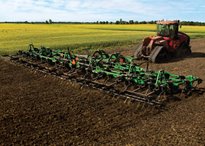
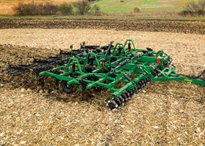
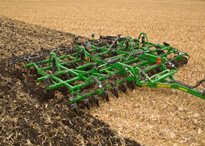
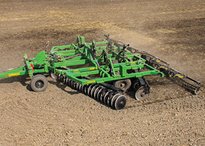
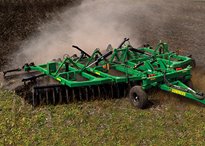
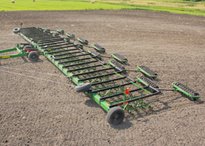
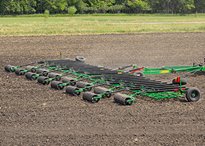
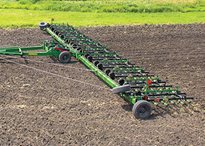
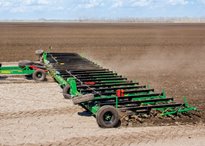
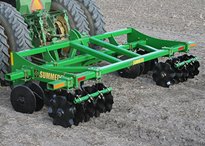
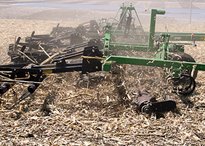
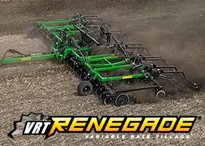
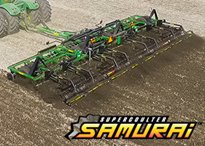
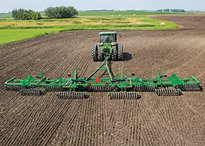
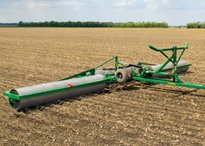
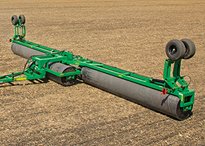
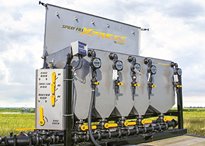

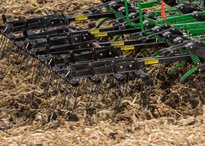
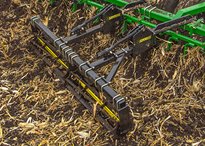
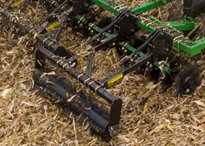
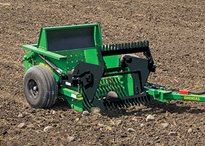
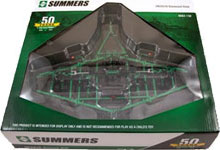 Hats, Diecast Models, Gloves and More!
Hats, Diecast Models, Gloves and More!
 Library
Library